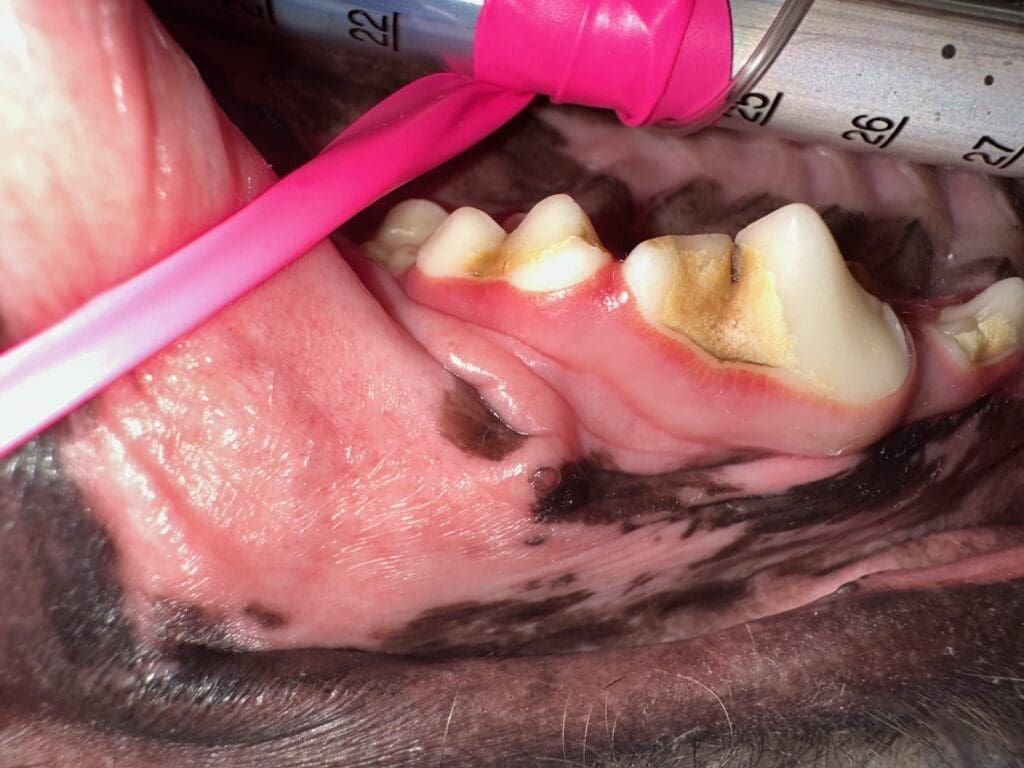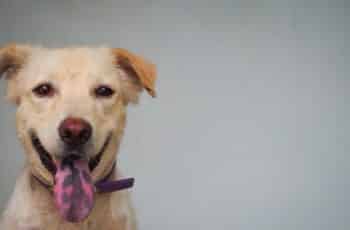
I know that we’re supposed to be the experts here—but I need some advice, preferably from those of you with longer-haired dogs.
As I told you a few weeks ago, my 2-year-old dog Boone recently broke two of his front teeth. When he had surgery to remove the broken-off roots of those teeth, he also had x-rays and a thorough dental examination—during which the veterinarian found a significant accumulation of dental tartar and resultant inflammation along Boone’s gum line. He even had periodontitis—a gum infection that damages the soft tissue around teeth—in a couple of spots. And he’s not even 3 years old!

Until now, I’ve been pretty lucky; my dogs have mostly managed to get by with just one or two veterinary dental cleanings in their entire lifetimes, even though I (true confession time) have never been good about brushing their teeth. Otto, who nearly made it to 16 years of age, had a couple of dental cleanings when he was under anesthesia to have cracked or broken teeth removed, but he never developed gum disease. And Woody, at age 8, has never had a dental cleaning, and his teeth and gums look pretty good! But Boone’s teeth are already a disaster.
Well, isn’t bad luck; this is more like the norm. WDJ’s authors have previously cited a widely reported statistic: 80% of dogs over the age of 3 years have active dental disease. And the statistic has finally caught up with me. It’s clear that with Boone in particular, I can either start brushing his teeth frequently in order to support his dental health, or plan to spend thousands on fairly frequent veterinary cleaning during his lifetime.
So I’m trying, and Boone is actually more or less cooperating; he likes the taste of the toothpaste! But here’s my dilemma: He’s got such a fuzzy face, and sort of frilly lips, that it’s hard to clear all of that fur and those lips out of the way in order to see whether I’m actually scrubbing his teeth! Someone among you must have solved this problem; please share any tips you have!


